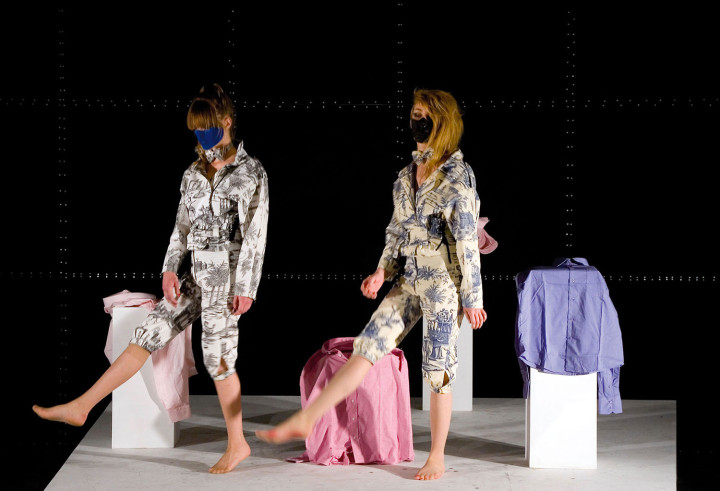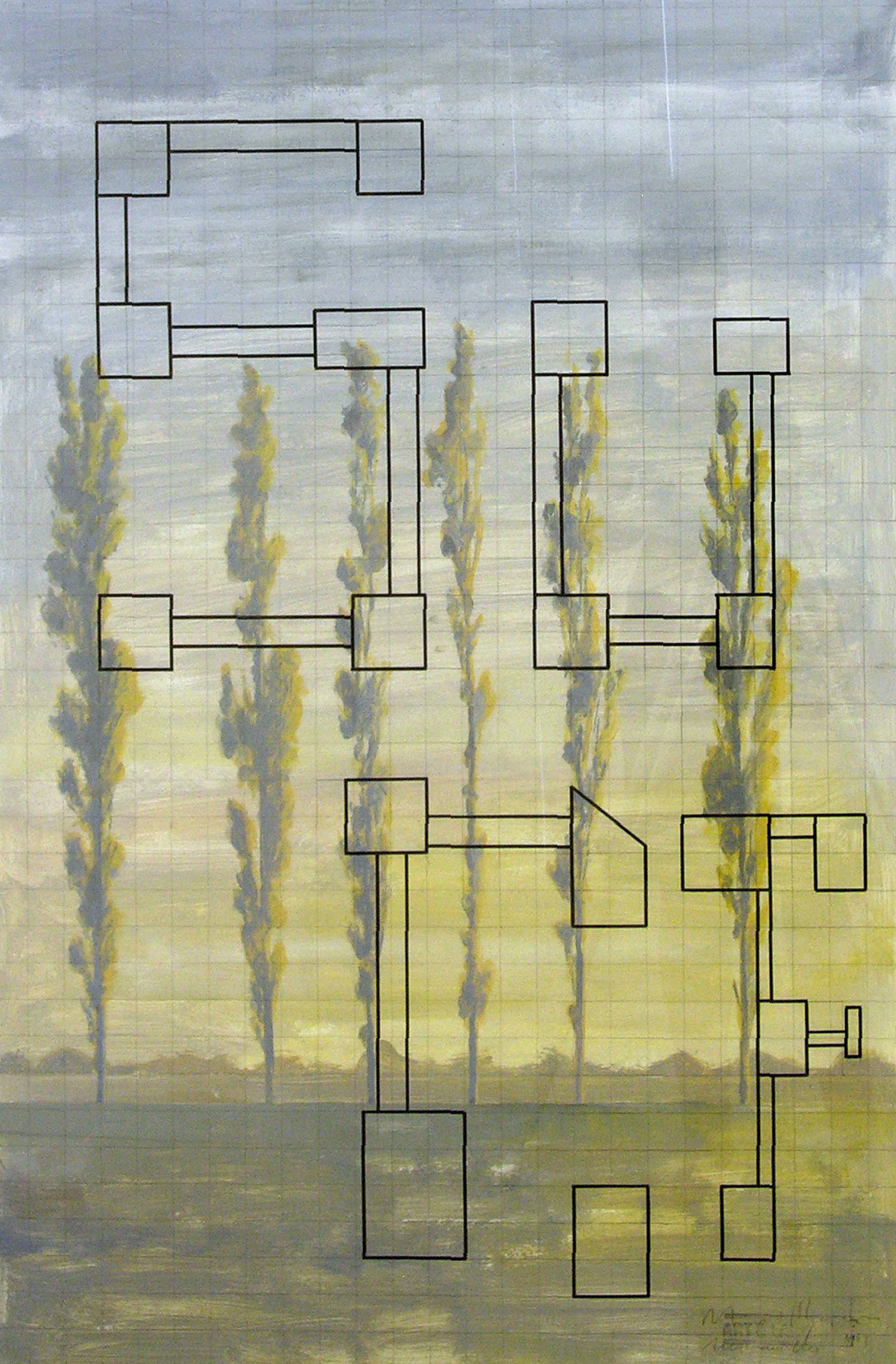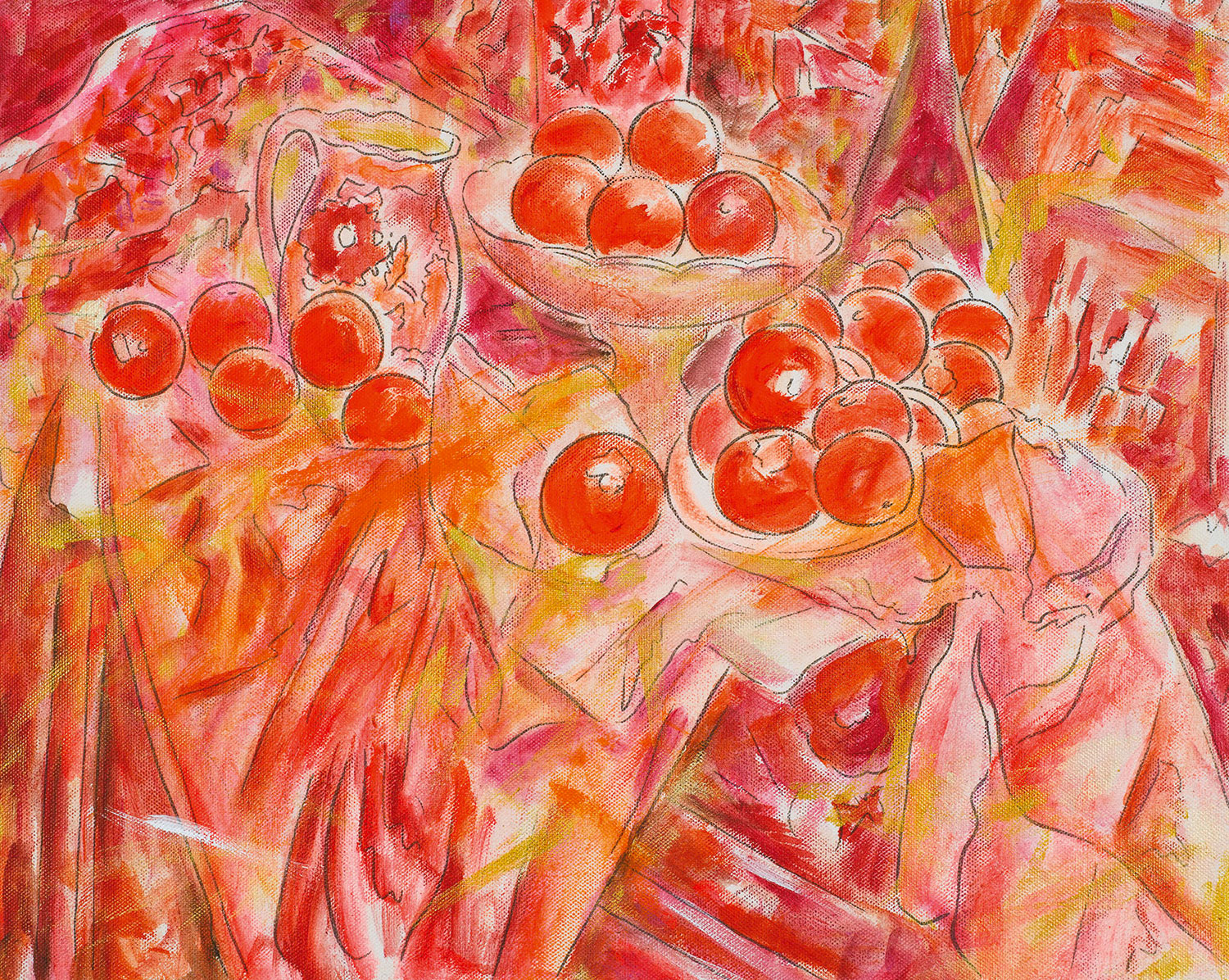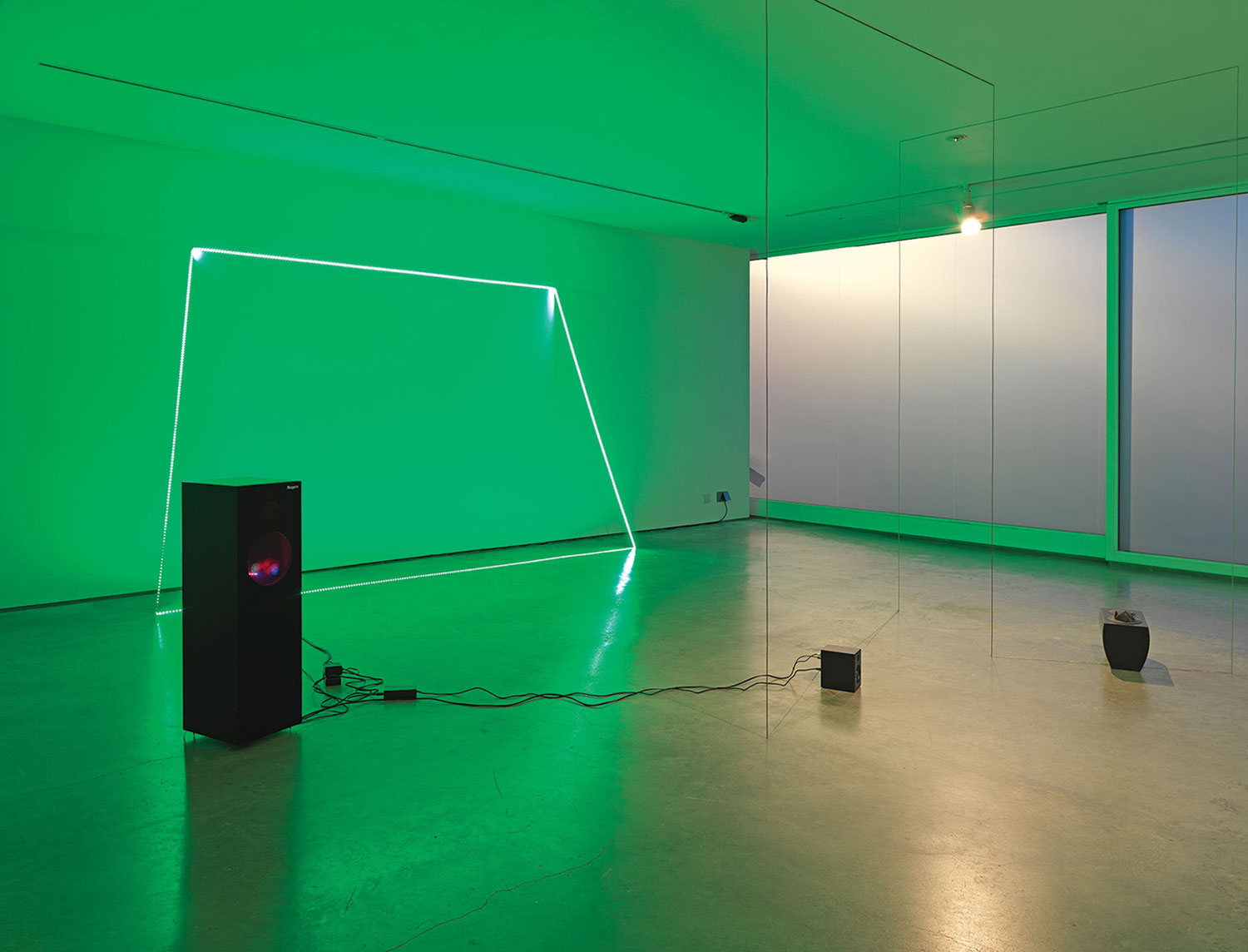
To make a thematic show is a difficult task. The risk of becoming didactic and obvious is around the corner. “Scene Shifts” is definitely a good example of a thematic show. Questioning the interest of contemporary artists in the field of theater, “Scene Shifts” doesn’t just present a series of works that deal with the relationship between these two media — a legacy that probably started during the Baroque era. For this show the curators at Bonniers Kosthall established a unique dialogue with Dramaten, Stockholm’s Royal Dramatic Theater. Most of the artists took part in workshops with both institutions’ staff, and some of them — like Pablo Bronstein and Ragnar Kjartansson — will later present “works on stage” (a term that fits this context better than performance) for Dramaten.
The curator of the show, Sara Arrhenius, has said that the starting point of this project was the practice of Swedish female artists Ylva Ogland and Miriam Bäckström. While Ogland has recently turned her practice from painting-installation to a series of intricate sets hosting a variety of performances, Bäckström has been working since 2004 on a corpus of works focused on Swedish actress Rebecka Hemse, for whom she’s now writing a theater play. The fact that an institution is using the work of ‘local’ contemporary artists as radar to detect a wider attitude is both remarkable and a confirmation of Bonniers’ mandate to link Swedish art with the international scene.
The only negative aspect of the show is the display, which is still too much related to the language of visual art without being permeated by the vocabulary of theater. It would have been much more interesting to see the work of the invited artists collocated into a structure that addressed the context itself. Furthermore, some of the works were put in corridors and narrow spaces that did not give them the kind of attention they deserve. While the works of Ogland, Kirstine Roepstorff’s iconic Silent Theatre (2008), Ragnar Kjartansson’s astonishing God (2007) and Lili Reynaud-Dewar’s Black Mariah (2009) were well presented — although still inside an institutional black box — we can’t say the same for Bäckström, Markus Schinwald or Keren Cytter. Not to mention the fact that Pablo Bronstein’s participation could have been limited to his premiere at Dramaten, instead of also including a minor work in the gallery. It would have been quite amazing to see Bonniers Kosthall become a theater and Dramaten become an art space. In other words, the result lacked cross-pollination between these two realities.
That said, the show presents works of undeniable quality, such as Reynaud-Dewar’s Black Mariah, an installation that is used as a set for performances driven by improvisation. The artist created the props and the costumes, and she also designed the posters that became part of the work. A perfect mixture between Bauhaus and Baroque, Black Mariah is probably the best work in the show and a remarkable example of the longtime dialogue between visual art and theater.





